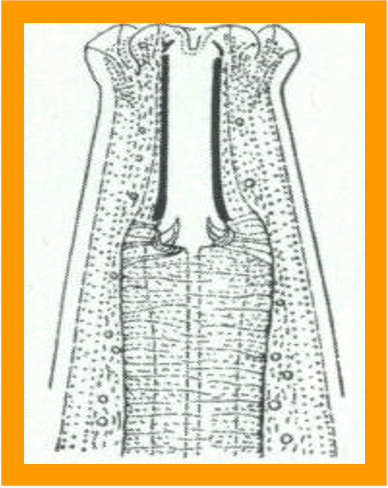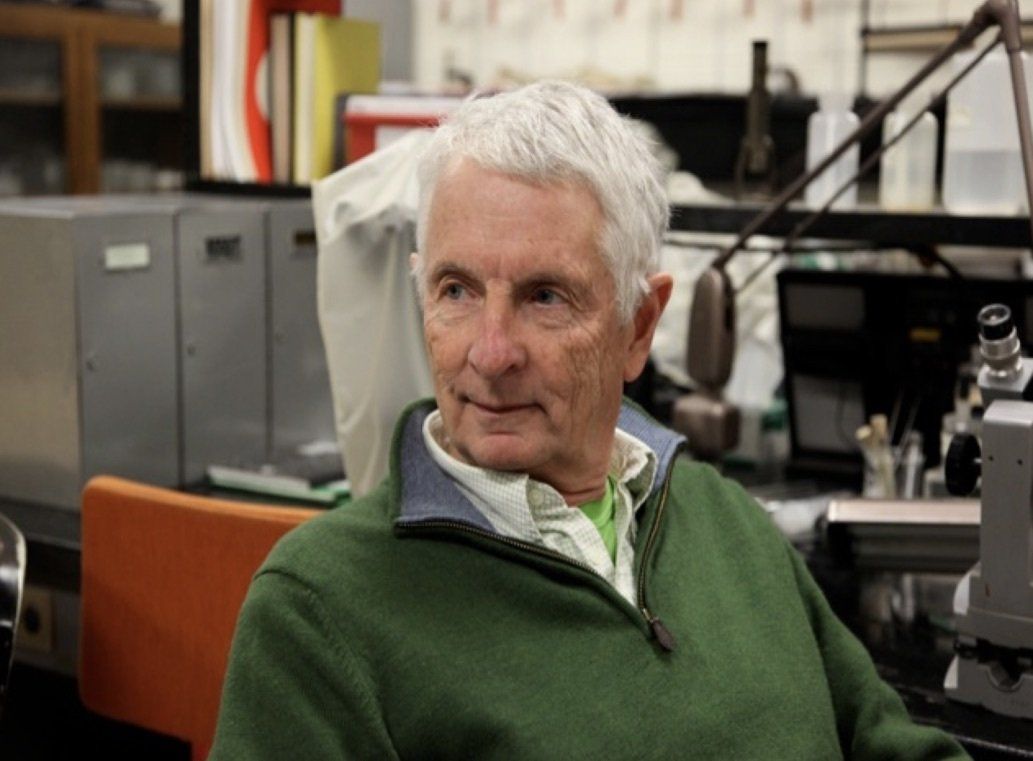The Nobel Prize Nematode
The nematode C. elegans was part of a research project awarded the 2024 Nobel Prize in Medicine.

Why has C. elegans been used in research associated with multiple Nobel Prize winning projects?
To answer this question, it is necessary to know a few facts about nematodes!
- Nematodes are roundworms classified in the animal phylum Nematoda.
- Modern science recognizes nematodes as the most prominent group of animals on our planet.
- Nematodes inhabit marine, freshwater, and terrestrial environments.
- Specific nematodes feed on plant or animal tissue while others consume bacteria and various microorganisms. In some cases, this results in infectious diseases. A few nematode species are known to transport viruses from diseased to healthy individuals.
Now for the answer to the question.
- C. elegans feeds on bacteria and reproduces readily under simple laboratory conditions.
- C. elegans has a seventy-two-hour life cycle. This allows researchers to conduct numerous experiments in a relatively short period of time. A plant parasitic nematode named X. americanum vectors a virus that causes an infectious disease of Michigan fruit trees. This species has a two-three-year life cycle. Research with X. americanum is challenging and takes much longer than research with C. elegans.
- The body of a healthy C. elegans is composed of precisely 959 cells. The development of each of these cells has been traced to their origin in the single cell fertilized nematode egg. This knowledge allows researchers to conduct a wide variety of different experiments.
- C. elegans was the first animal to have its genetic sequence determined. The process used for sequencing the C. elegans genome was used as a model for sequencing the human genome (C. elegans Consortium, 1998; Human Genome Consortium, 2001).
A little more basic science before describing the 2024 Noble Prize for Medicine.
- Since discovery that nucleic acids and proteins regulate development and functioning of organisms, it has been known that DNA (deoxyribonucleic nucleic acid) contains the genetic information from an organism’s ancestors. Appropriate parts of this information are transferred from DNA to RNA (ribonucleic acid) for protein synthesis which governs the organism’s overall development and function (Brenner, 2002).
The 2024 Nobel Prize in Medicine was awarded to Victor Ambros (Professor, University of Massachusetts Medical School) and Gary Ruvkum (Professor, Harvard Medical School) for their discovery of a new class of very small RNAs attached to the longer regular RNAs. They found that specific microRNAs are essential for normal growth and function of multicellular organisms. C. elegans was used as the organism in Ambros and Ruvkum’s research that discovered microRNAs. It is anticipated that future research with microRNAs will lead to new medical technologies designed to improved human quality of life (Ambros and Ruvkum, 2024).
C. elegans is truly a Noble Prize Nematode!
_________________
Selected Literature/Information
Ambros and Ruvkum, 2024,
https://urldefense.com/v3/__https://www.nobelprize.org/prizes/medicine/2024/press-release/__;!!HXCxUKc!1pwd07pgvRvkW7NR_P7o6b0Zl0M7QddUgVMcGsiRsHwmqZqgtj7BjC8510f783Yja3W-S7VWiXDMkoE$
Brenner, 2002 https://urldefense.com/v3/__https://www.nobelprize.org/prizes/medicine/2002/brenner/facts/__;!!HXCxUKc!xWneal0U3rf4xdDEkcFabnu1vVATYTulS_F7svDbtBaEWjbFjFrV924IGyTgvqT4hBGtMsYt7M989LE$
C. elegans Genome Sequencing Consortium, 1998, Science 282:2012-2019.
Human





